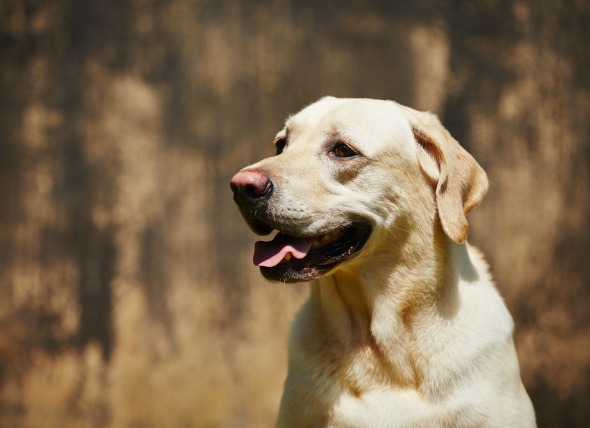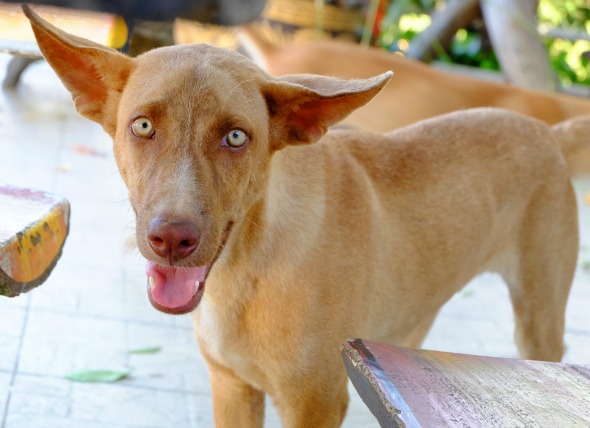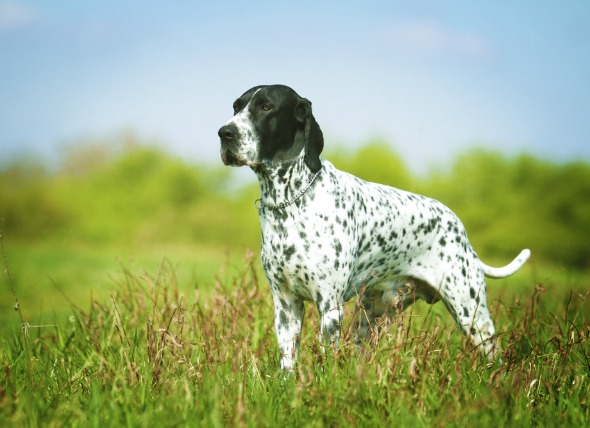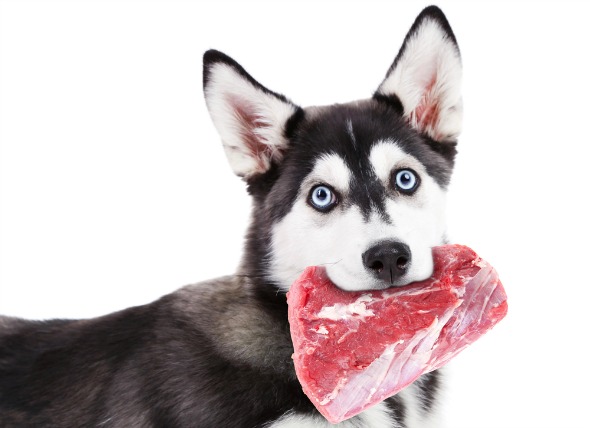

Spondylosis deformans is a degenerative, noninflammatory condition of the spinal column characterized by the production of bone spurs along the bottom, sides, and upper aspects of the vertebrae of the spine. These bone spurs are simply projected growths of bone, usually grown in response to aging, or injury.
In dogs, spondylosis deformans occurs most often along the spine, in the area behind the chest, and on the upper section of the vertebrae of the lower back. Older, large-breed dogs are at highest risk for developing spondylosis deformans. In cats it tends to occur more often in the vertebrae of the chest.
Your veterinarian will perform a complete physical exam on your dog, including a biochemical profile, a complete blood count, a urinalysis and an electrolyte panel, in order to rule out or confirm other diseases, like cancer. You will need to give a thorough history of your dog's health, including a background history of symptoms, onset of symptoms, and possible incidents that might have precipitated this condition.
X-ray images of the chest and abdomen (side view) are essential for diagnosing spondylosis deformans. X-rays will reveal osteophytes (small, bony growths) on the vertebrae, or in more advanced cases an osteophyte may be found as a bridge in the space between the vertebrae.
Your doctor may choose from several other types of tests in order to arrive at a definitive conclusion. A myelography, which uses injection of a radiopaque substance for internal imaging; computed tomography (CT); or magnetic resonance imaging (MRI). They can assist your veterinarian in finding where a bony spur might be pressing on your dog's spinal cord or on the nerves (causing neurological reactions).
Typically, patients with spondylosis deformans will not show outward symptoms of early abnormal bone growth. A neurologic exam should be performed to rule out a spinal condition requiring surgery. If the growth has reached the point of damaging the nerves, tissue, or otherwise, and your pet is in severe pain, or if your veterinarian has settled on a surgical remedy, your dog will be hospitalized. Under normal circumstances, where damage to the body is minimal, and your dog is feeling some discomfort and pain, it will be treated on an outpatient basis, with strict rest and pain medication prescribed for home treatment. You will administer pain medications to your dog after its meals. Acupuncture may also provide pain relief for some animals.
Your veterinarian will schedule follow-up progress checks for your dog depending on the severity of the symptoms. Only give pain medications when your dog is showing signs of discomfort (and only after a meal), and only give the exact amount that was prescribed, unless your veterinarian indicates otherwise. Overdose of drugs/medications is one of the most common causes of unintentional deaths in pets. You will need to provide a safe and quiet place for your dog to rest, away from other pets and active children. Only slow walks around the neighborhood are necessary for your dog during this time. When your dog has not shown signs of discomfort for several weeks it may be slowly returned to normal activity.
 Antibiotic-Resistant Infections in Dogs
Methicillin-Resistant Staph aureus (MRSA) Infection in D
Antibiotic-Resistant Infections in Dogs
Methicillin-Resistant Staph aureus (MRSA) Infection in D
 Intestinal Viral Infection (Rotavirus) in Dogs
Rotavirus Infections in Dogs
The double-stranded,
Intestinal Viral Infection (Rotavirus) in Dogs
Rotavirus Infections in Dogs
The double-stranded,
 Liver and Spleen Cancer (Hemangiosarcoma) in Dogs
Spleen and Liver Hemangiosarcoma in Dogs
Hemangio
Liver and Spleen Cancer (Hemangiosarcoma) in Dogs
Spleen and Liver Hemangiosarcoma in Dogs
Hemangio
 Chemical Imbalance of Urine in Dogs
Hyposthenuria in Dogs
The normal concentration an
Chemical Imbalance of Urine in Dogs
Hyposthenuria in Dogs
The normal concentration an
 Diarrhea Due to Clostridium perfringens in Dogs
Clostridial Enterotoxicosis in Dogs
Clostridial e
Diarrhea Due to Clostridium perfringens in Dogs
Clostridial Enterotoxicosis in Dogs
Clostridial e
Copyright © 2005-2016 Pet Information All Rights Reserved
Contact us: www162date@outlook.com